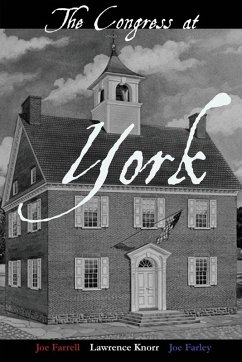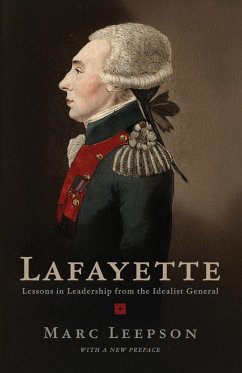
And the Battle Began like Claps of Thunder
The Siege of Boonsborough, 1778 As Told by the Pioneers
Versandkostenfrei!
Versandfertig in 1-2 Wochen
25,99 €
inkl. MwSt.

PAYBACK Punkte
13 °P sammeln!
At the time of the Revolutionary War, there were only a few small forts in Kentucky. This small contingent carried the burden of defending the western frontier. Fort Boonesborough played a crucial role in their spirited defense. Fort Boonesborough's population was about 60 persons in all - about 10 families - when it was besieged for nine days in September 1778. Help was hundreds of miles away when British officers and more than 100 Shawnee came to Boonesborough on the pretense of taking the fort residents to Detroit. Treaty talks were held outside the fort and a dinner was served. Children ca...
At the time of the Revolutionary War, there were only a few small forts in Kentucky. This small contingent carried the burden of defending the western frontier. Fort Boonesborough played a crucial role in their spirited defense. Fort Boonesborough's population was about 60 persons in all - about 10 families - when it was besieged for nine days in September 1778. Help was hundreds of miles away when British officers and more than 100 Shawnee came to Boonesborough on the pretense of taking the fort residents to Detroit. Treaty talks were held outside the fort and a dinner was served. Children carried out chairs and dishes. Hours later, the siege began. The pewter dishes were melted for ammunition; gunfire continued for days. Women dressed in their husband's coats and hats and marched in view of the enemy to give the impression of a larger force of fighting men. Daniel Boone was not the ranking officer at the time, but he was the leader nonetheless. The outcome was a significant victory for the Kentucky forts and the war in general. If one fort had fallen, the others would have been deserted, pushing the western frontier back to Virginia for the duration of the Revolutionary War. The story of the siege of Boonesborough is told here by the pioneers in their own words. The source of their stories is historian Lyman Draper who interviewed them in their later years. The accounts include those of the children who tended the cattle and helped with the dinner during the siege. Among them were John Gass, who was about age 14 during the siege, and Daniel and Squire Boone's sons. Their stories are recounted here. Maps, portraits, facsimile reprints of letters, and an index to full-names, places and subjects enhance this work.












